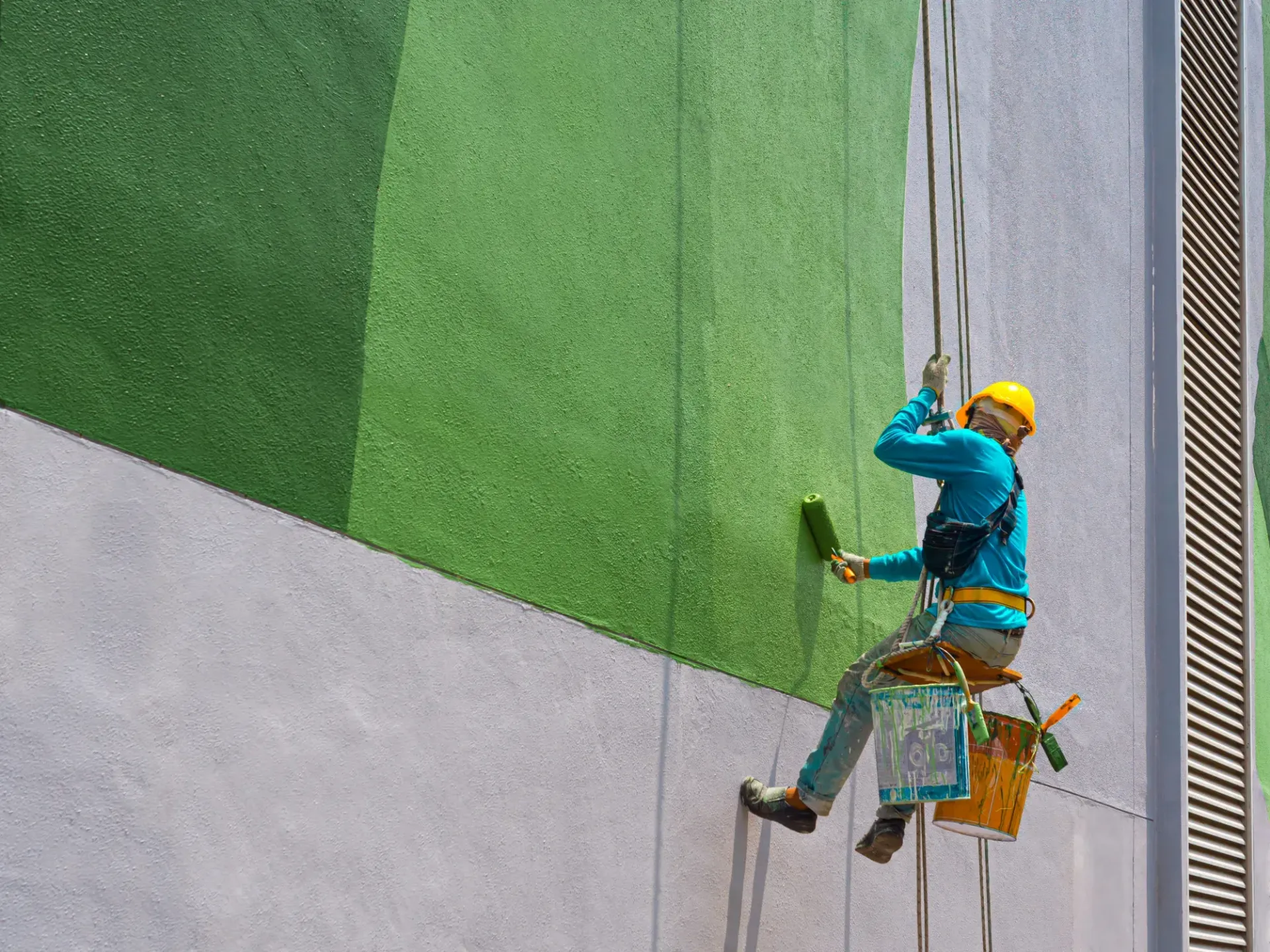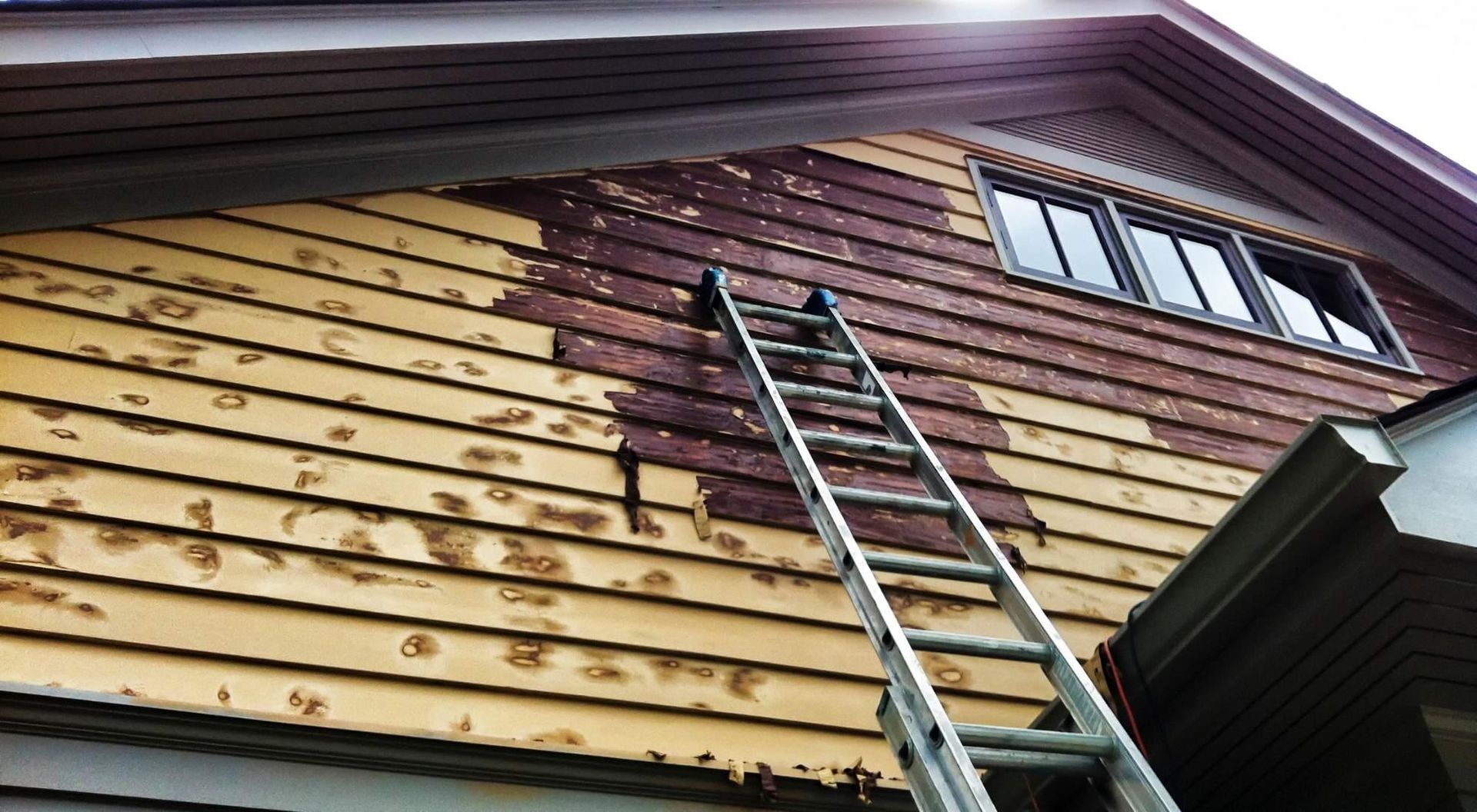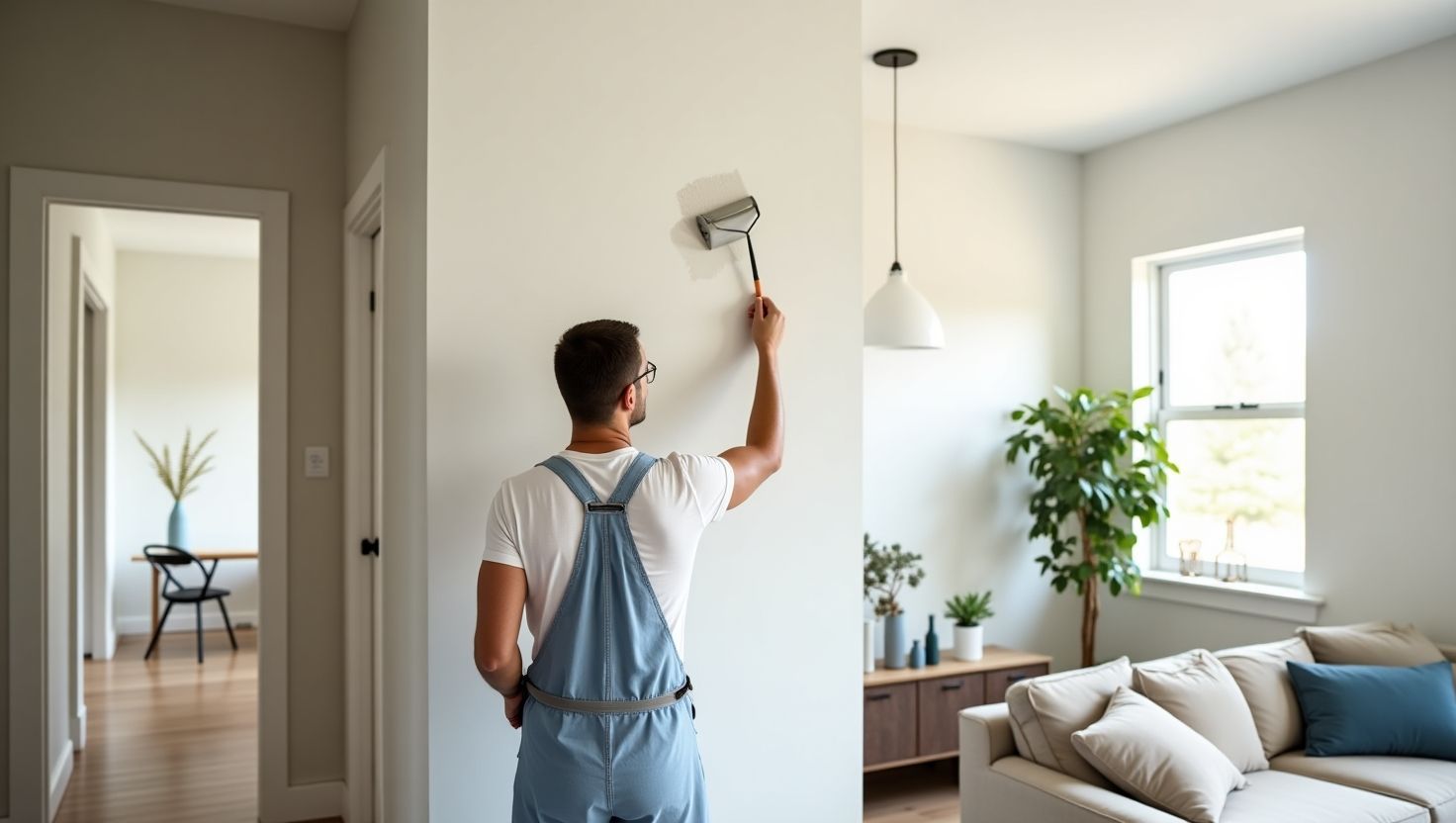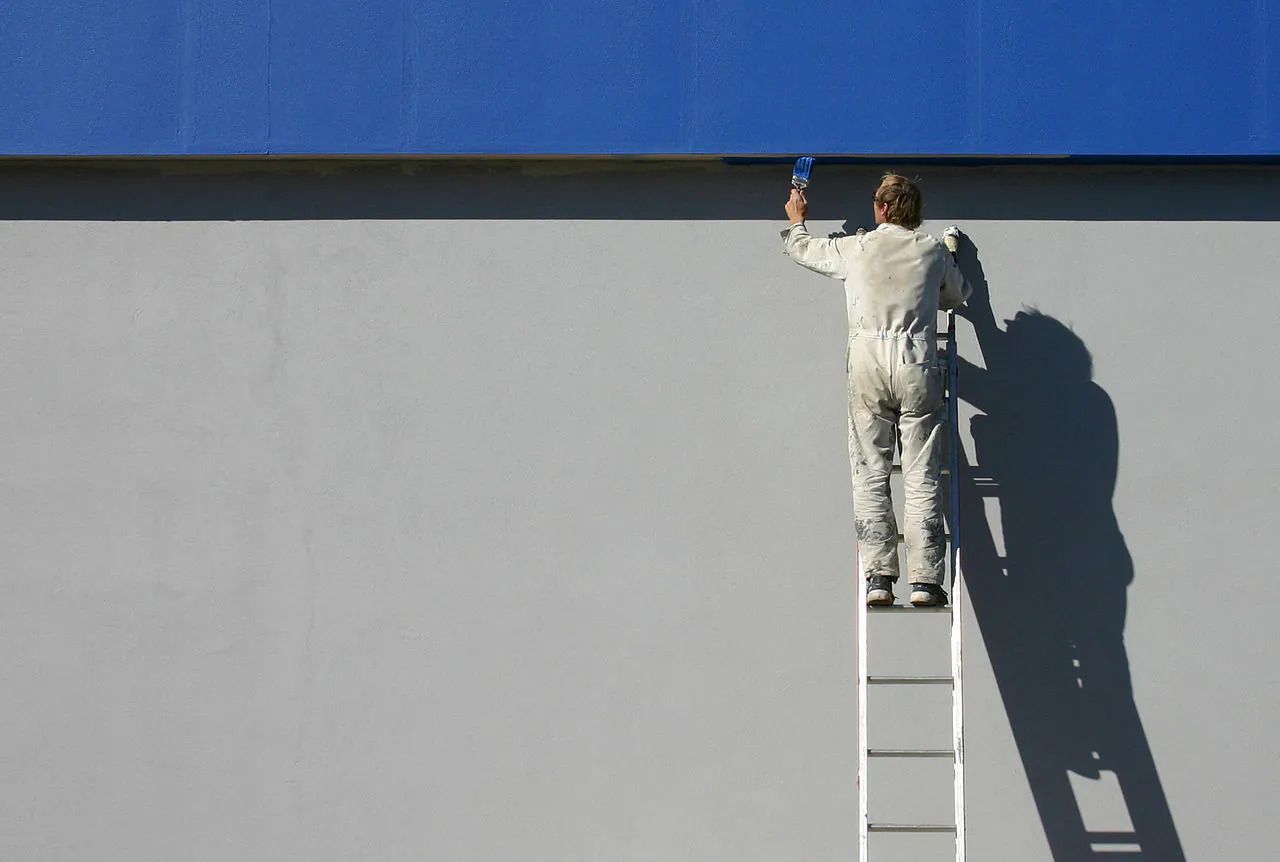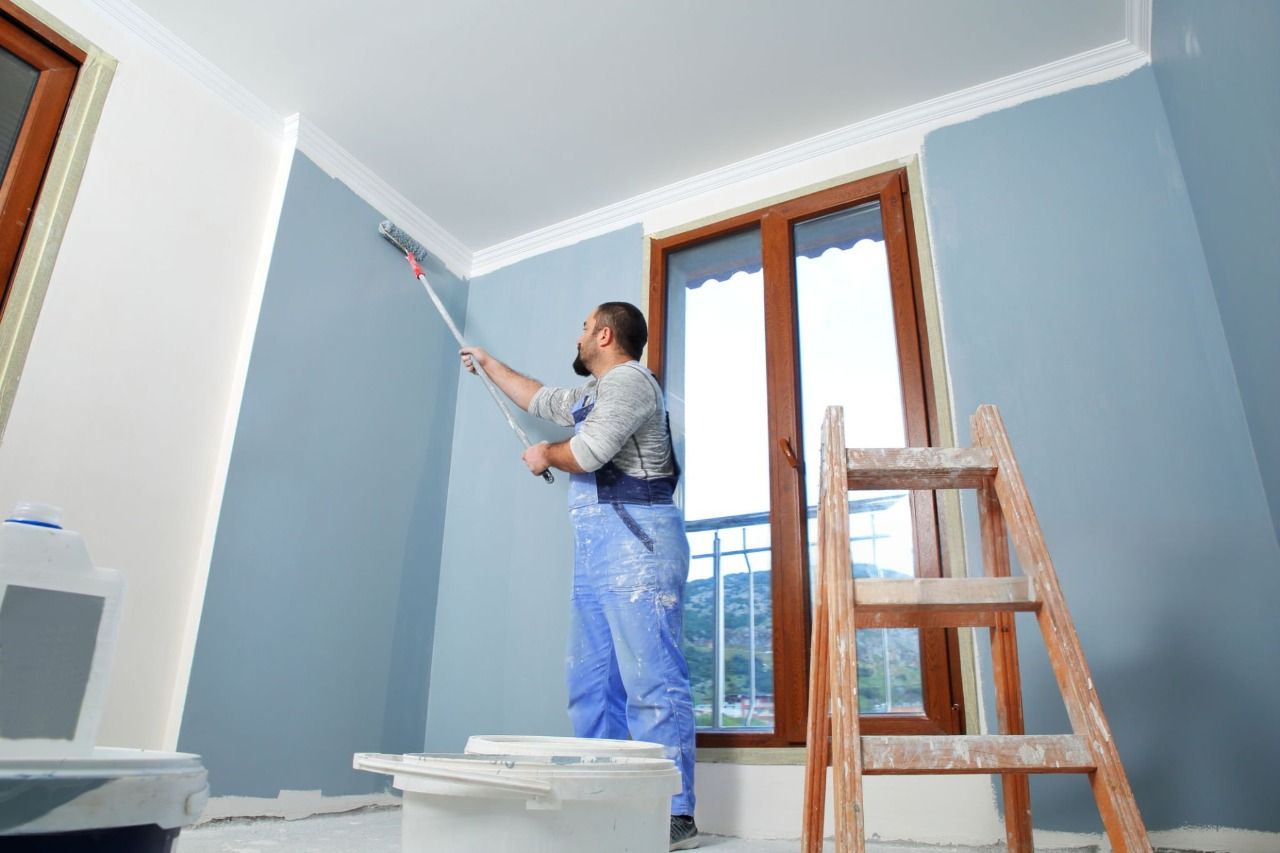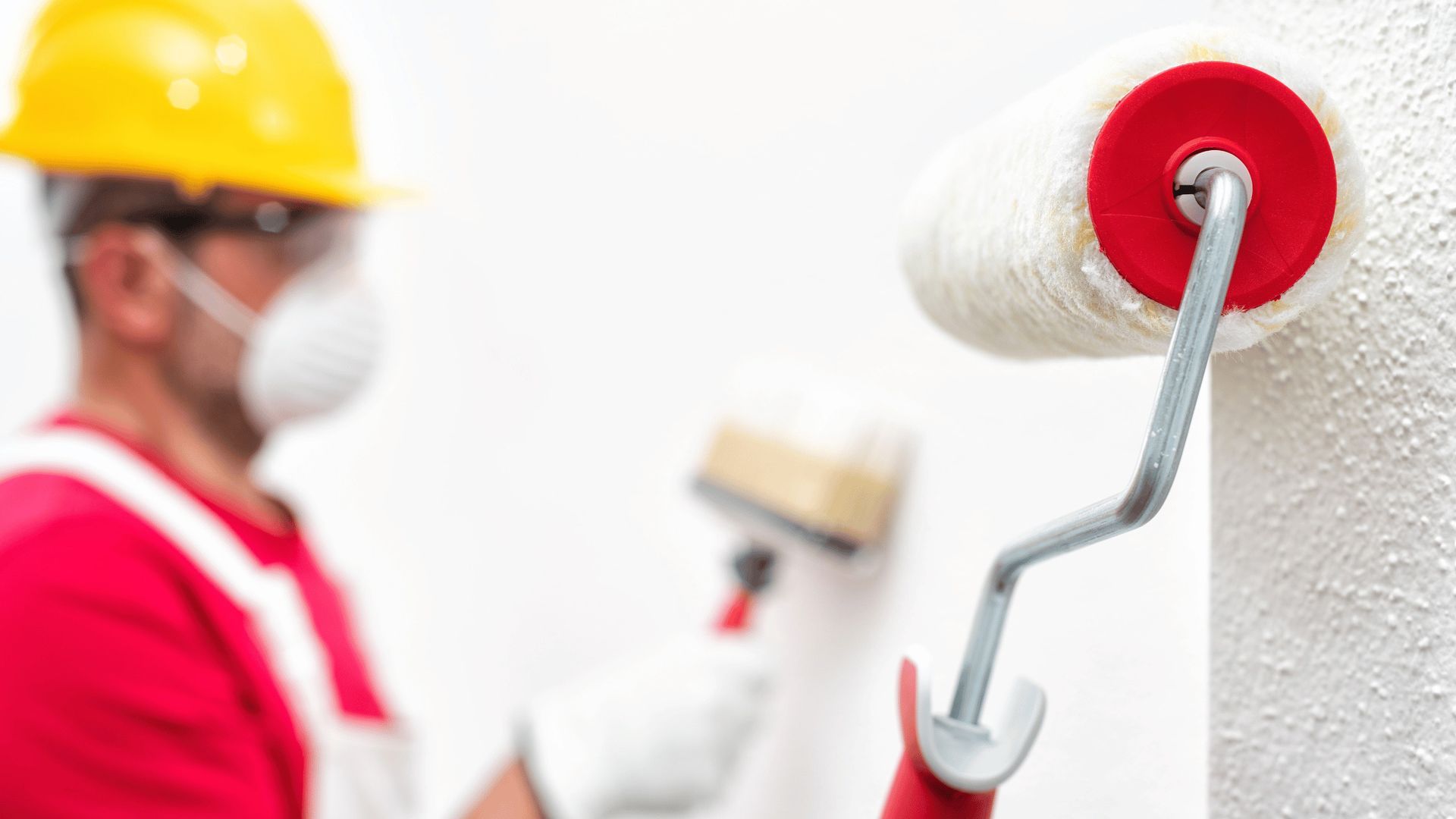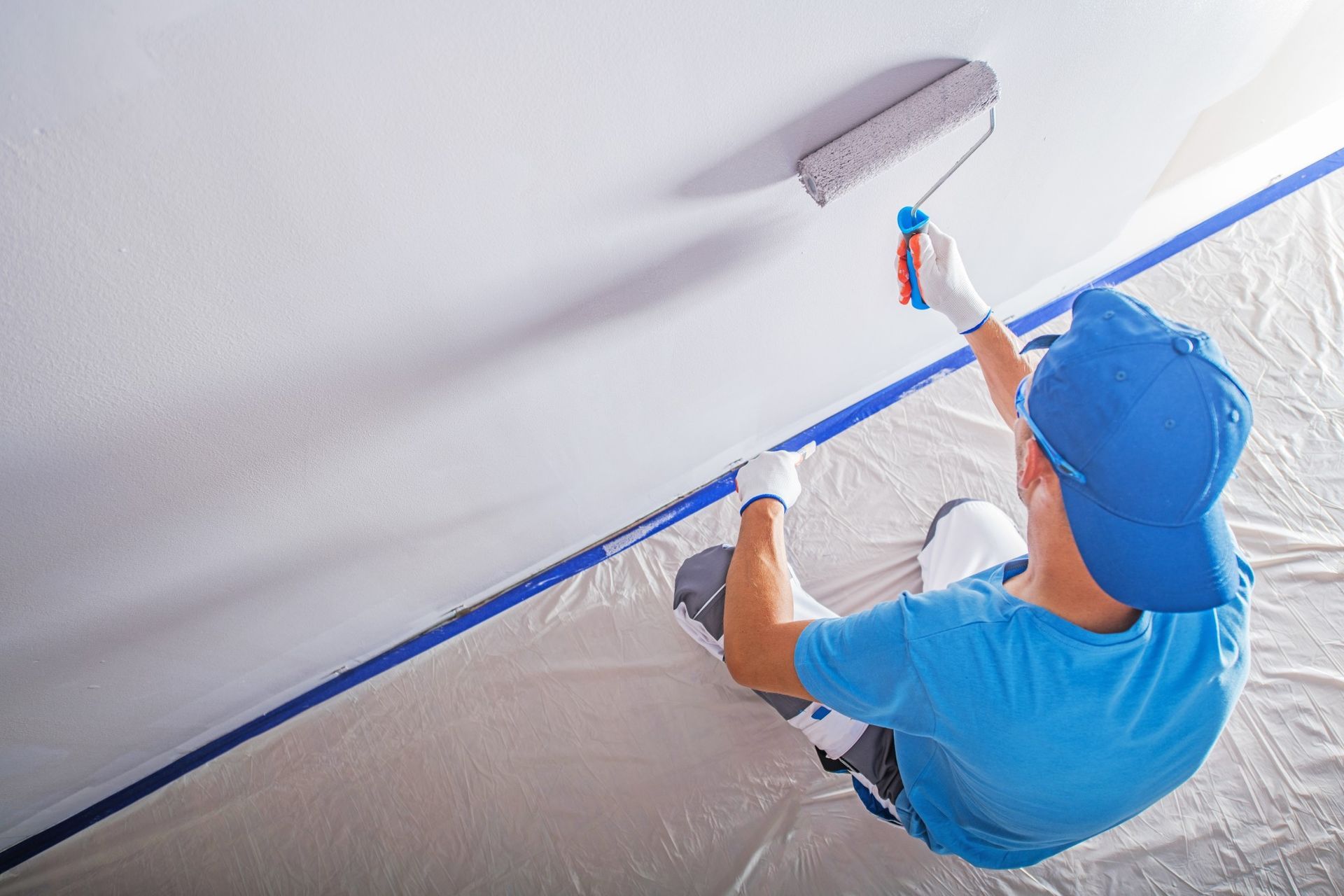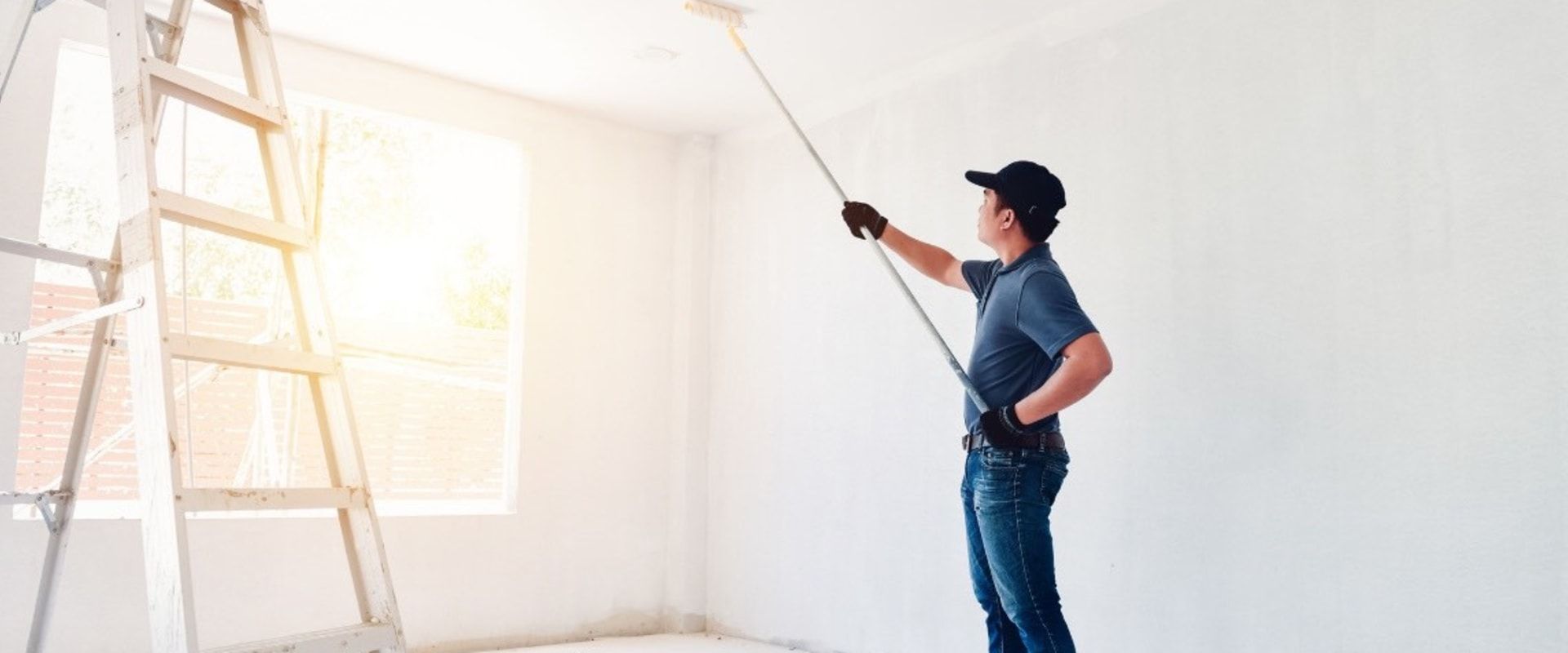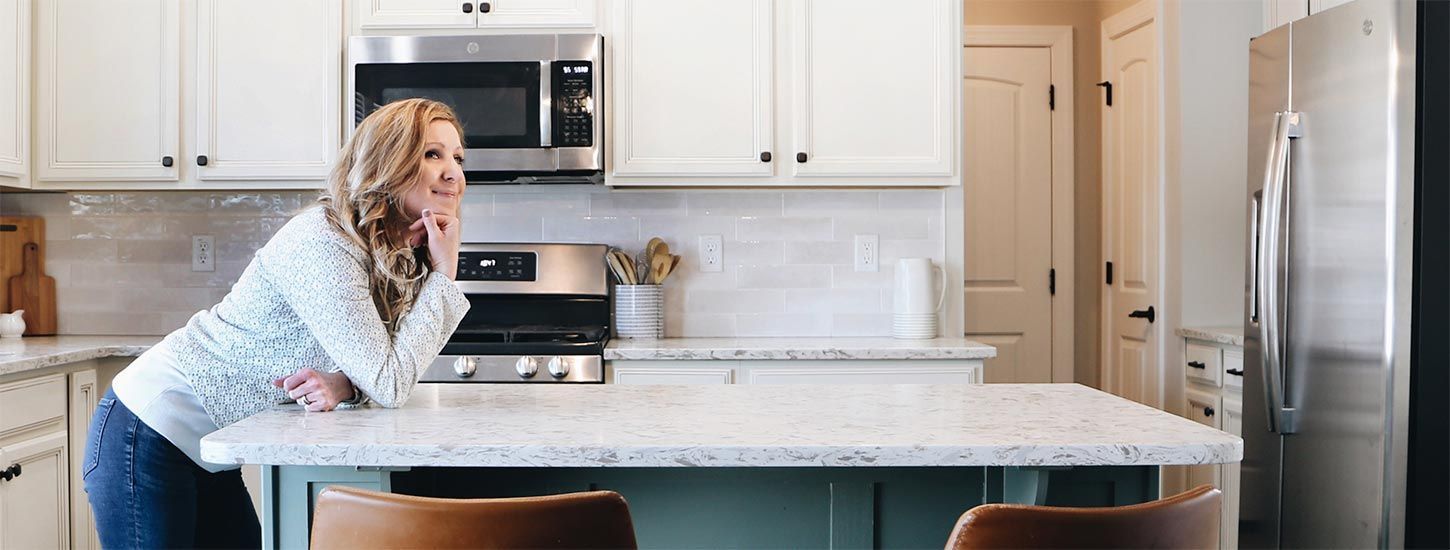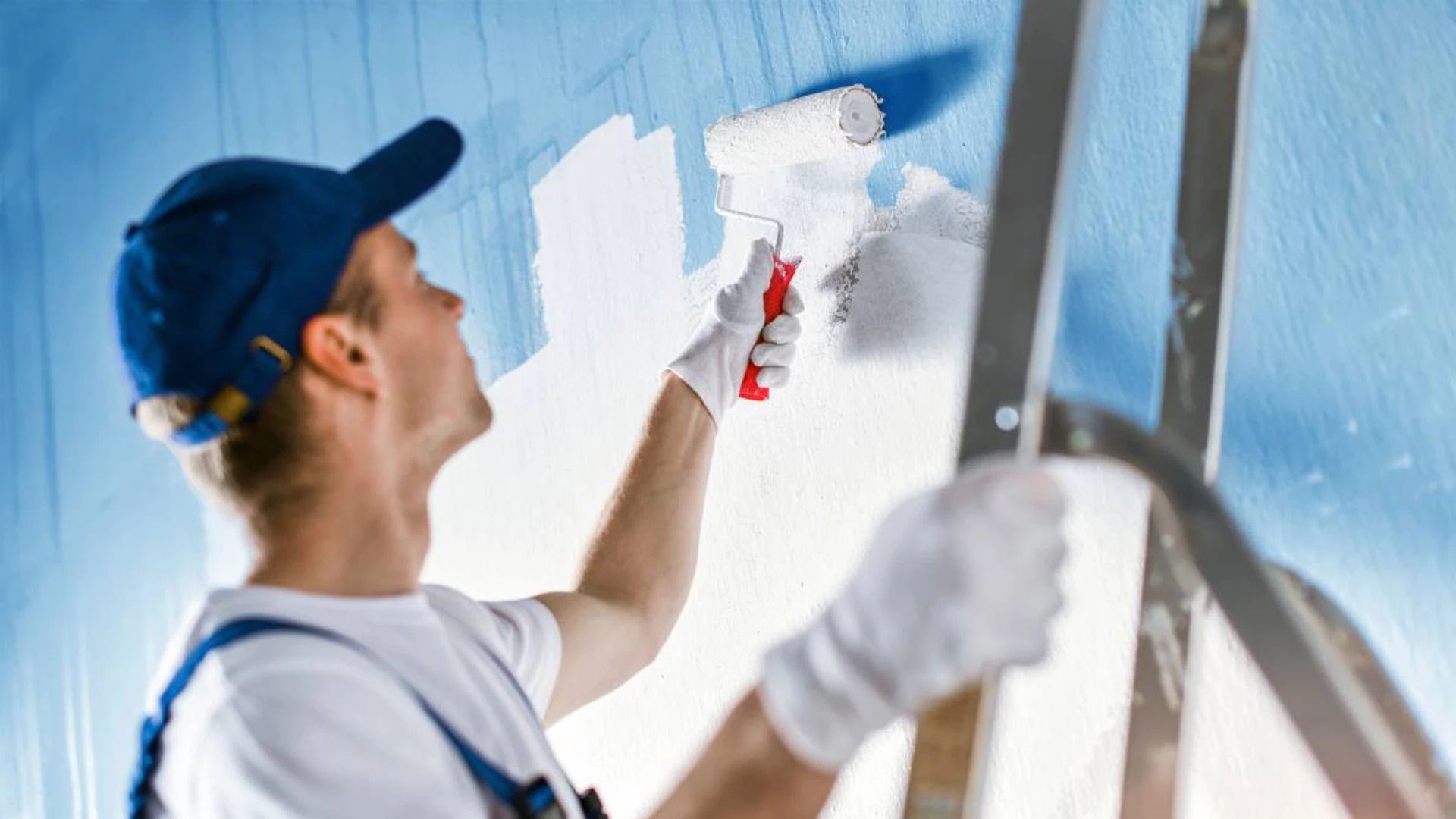Transform Your Home with Precision: Choose the Right Tools and Expert Painting Services
Introduction to Home Transformation
A fresh coat of paint has the power to completely change the atmosphere of a home. Whether you're sprucing up a single room or reimagining your entire interior and exterior, the right approach to painting is essential for achieving results that wow. But home transformation is not just about color—it’s about precision, preparation, and professional execution.
When you walk into a freshly painted home, it’s like stepping into a brand-new space. The colors feel cleaner, the air seems fresher, and the mood shifts. This magical effect of painting often makes it the first step in many renovation projects.
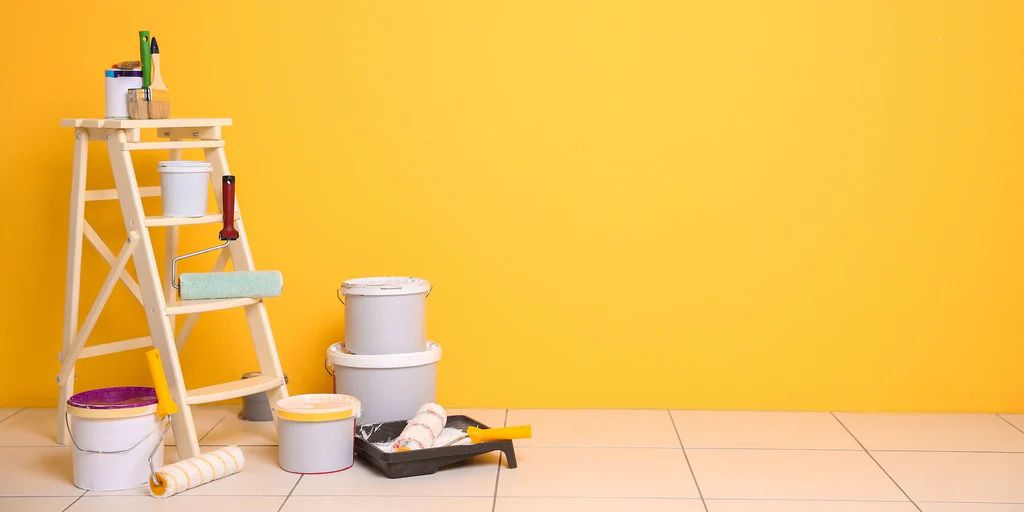
Transform Your Home with Precision
Precision in home painting doesn’t mean perfection—it means accuracy, consistency, and attention to detail. From choosing the right shade to ensuring the lines are sharp and the finish is smooth, precision is what separates an average paint job from an exceptional one.
Professional painters follow detailed processes and use tools that enable clean, crisp lines and even application. It’s this accuracy that helps to extend the life of the paint, enhance aesthetics, and protect your investment.
Choosing the Right Painting Tools
To transform your home efficiently, you must use the right tools. Here's a breakdown of what every homeowner and professional should consider:
Basic Tools:
- Paintbrushes (angled and flat)
- Rollers with extension poles
- Painter’s tape
- Drop cloths
- Paint trays
Advanced Tools:
- Airless paint sprayers for smooth walls and ceilings
- Moisture meters to check wall dampness
- Caulking guns for sealing gaps
While these tools make a huge difference, knowing how and when to use each is equally important.
Expert Painting Services vs DIY
DIY painting can save you money upfront, but the results may fall short if you lack experience or the right tools. Hiring professionals not only ensures a perfect finish but also saves time and stress.
When to Go DIY:
- Small, low-traffic rooms
- Budget is a concern
- You enjoy the process
When to Hire Experts:
- Large-scale projects
- Exterior walls or high ceilings
- You want a guaranteed finish
If you're ready to elevate your home, consider this top-rated House Painting Service.
Surface Preparation: The Foundation of a Flawless Finish
Before the first brushstroke, surface preparation is vital. Professionals spend a large chunk of their time:
- Cleaning dirt, grease, and mildew
- Repairing cracks and holes
- Sanding surfaces
- Applying primer
Skipping these steps can lead to peeling, bubbling, and uneven textures. A well-prepped wall holds paint better and looks smoother.
The Science of Color Selection
Picking the right color is more than a design choice—it’s a science. Colors influence our emotions and the energy of a space. For instance:
- Cool tones like blues and greens promote calm
- Warm tones such as yellows and reds energize rooms
- Neutrals are versatile and timeless
Lighting, furniture, and room size should all be considered before finalizing your palette.
Interior Painting Tips
Every room has its quirks. Follow these tips to get a professional look:
- Use semi-gloss or satin for kitchens and bathrooms (easy to clean)
- Flat or matte finishes suit living rooms and bedrooms
- Paint ceilings with flat white to hide imperfections
- Always paint from top to bottom to avoid drips
Don’t forget to cut in the edges with a brush before using rollers.
Exterior Painting Techniques
Exterior painting not only boosts curb appeal but also protects your home from the elements. Here’s how to ensure long-lasting results:
- Choose weather-resistant paints
- Power wash surfaces before painting
- Apply primer designed for exterior use
- Use extension ladders and scaffolding safely
Each layer must dry properly before the next is applied to avoid cracking.
Eco-Friendly Paint Options
Want to go green? Modern eco-paints are healthier and just as durable. Look for:
- Low-VOC (volatile organic compound) or no-VOC paints
- Natural paints made from plant oils and minerals
- Recycled-content paints
Not only are they better for your lungs, but they also reduce your carbon footprint.
Tools of the Trade: Must-Have Equipment
Here’s a quick comparison table for common tools:
Tool Best For Pro Tip
Angled Brush Trims & Corners Use slow, steady strokes
Roller Large Walls Use ‘W’ pattern for even coverage
Sprayer Ceilings & Exteriors Practice on scrap surface first
Maintaining your tools can extend their life and improve results.
Hiring Expert Painting Services
Don’t just hire the cheapest contractor—look for experience, reviews, and transparency. Ask:
- Do you offer a warranty?
- What prep work is included?
- Can I see your portfolio?
A trustworthy service, like the House Painting Service, offers free estimates, high-quality work, and guaranteed satisfaction.
Spotlight: House Painting Service
Dunedin Paint’s House Painting Service is renowned for excellence. Their team uses precision techniques, premium paints, and modern tools to ensure a flawless finish every time. Whether you’re painting one room or the whole house, their commitment to quality is evident in every brushstroke.
The Importance of Clean-Up and Finishing Touches
Great painters leave no mess behind. Cleanup includes:
- Removing tape and plastic sheeting
- Washing brushes and trays
- Inspecting walls for touch-ups
- Reinstalling fixtures
Finishing touches like accent walls, borders, or crown molding painting elevate the final look.
Safety Measures in Home Painting Projects
Safety always comes first. Whether DIY or pro:
- Use masks and gloves when dealing with fumes
- Keep the area well-ventilated
- Never paint near open flames
- Secure ladders and use spotters
Proper disposal of leftover paint is crucial—never pour it down the drain.
Cost Breakdown of a Professional Paint Job
Here's what typically influences cost:
- Size of area
- Type of paint
- Number of coats
- Labor rates
On average, professional services range from $2 to $6 per square foot. Remember, cheaper isn’t always better.
How Often Should You Paint Your Home?
- Interior walls: Every 5–7 years
- Exteriors: Every 7–10 years, depending on weather exposure
- Trim & molding: Touch up as needed
Watch for fading, peeling, or stains as signs it’s time to repaint.
Maintenance After Painting
To keep walls looking fresh:
- Clean stains with a soft sponge and mild detergent
- Avoid scrubbing with harsh chemicals
- Use touch-up paint for nicks and chips
Regular dusting also helps preserve the paint finish longer.
Contact Professional Painters Today
Don’t let another season pass with dull walls. Reach out to professionals who can transform your home with accuracy and creativity. Book your consultation today through the Contact Page.
FAQs
How long does a professional paint job take?
Typically, 2-5 days depending on the size and prep work needed.
Can I stay at home during interior painting?
Yes, though it’s best to stay out of freshly painted rooms for a few hours.
How do I choose the right color?
Consider lighting, furniture, and the mood you want to create.
Are eco-friendly paints more expensive?
Slightly, but they’re safer and better for the environment.
Do I need to move my furniture?
Some services include this, but it’s best to confirm beforehand.
What’s the best time of year for exterior painting?
Spring and fall are ideal, with mild, dry weather.
Conclusion: The Power of Paint
Painting is more than just changing color—it’s about bringing new life into your space. With the right tools and expert help, you can transform your home into something truly extraordinary. Don’t settle for “good enough” when perfection is just a paintbrush away.
Ready to transform your space? Reach out to Dunedin Paint and bring your dream home to life.
Links
